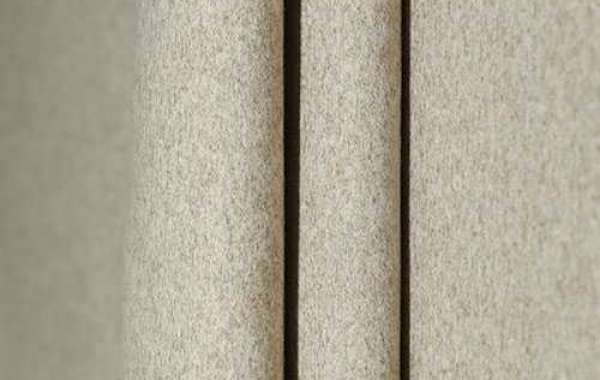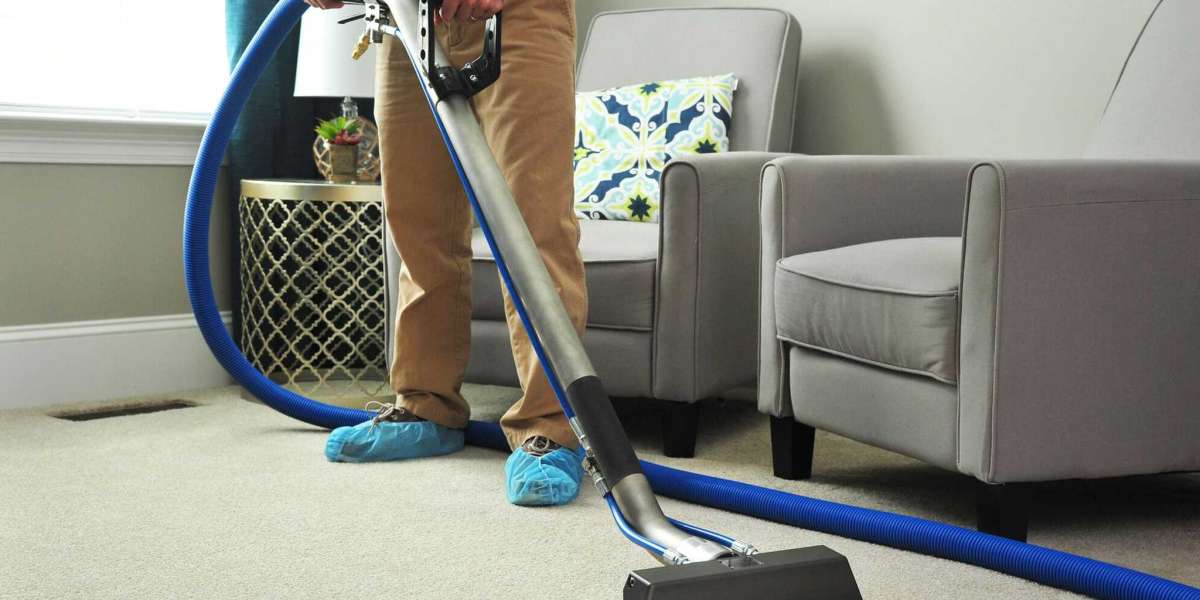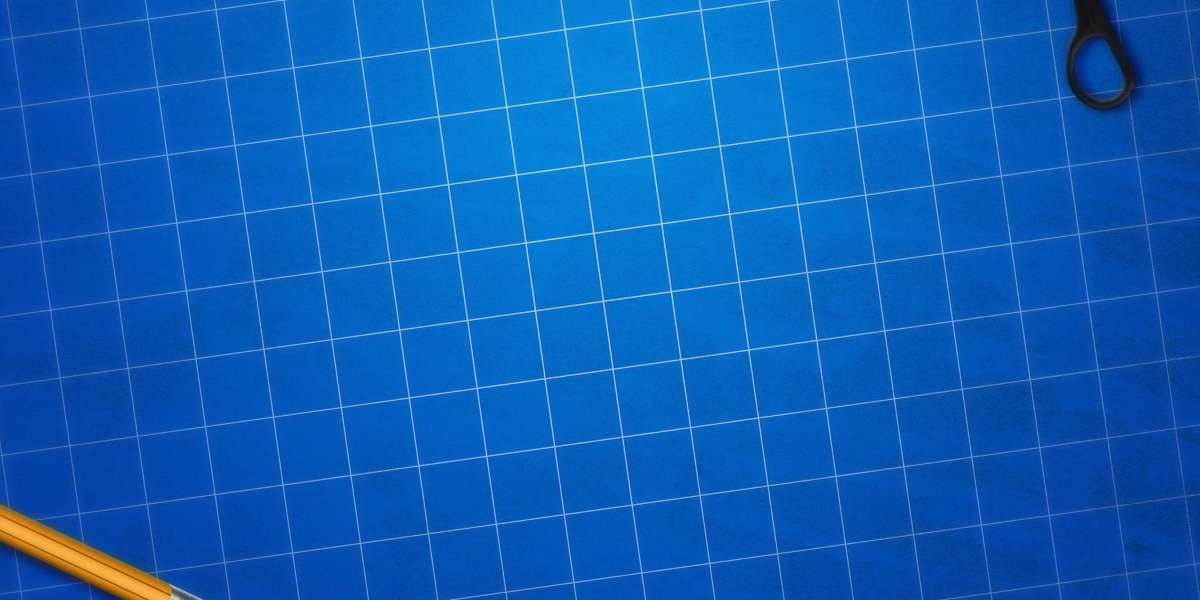Almost everyone agrees that a beautifully crafted sofa is an investment you will not regret. The internal organs of any upholstered piece are very important, because it determines the service life and comfort of the furniture piece, but equally important is the fabric you choose. Today, we will guide you through all the choices so that you can make the best choice for the sofa.
As a sofa fabric supplier, it is recommended to choose neutral fabrics for your sofa. They are more useful for any decoration you make, you can easily work in any room while you are moving, and stay away from anything that is too bold, which means you won't get bored with fabrics in a year or two. But even if you choose something neutral, there are many different options to consider.
We are discussing different types of fabrics and how to choose the right fabric for your sofa
1. Weaving
First let's talk about weaving. Each fabric is created by weaving threads together, and the tightness of the weave can not only determine the feel of the fabric, but also its durability. Consider how loose cheesecloth or draped looks are paired with thick denim jeans. The thread on the cheesecloth is not taut, but loose, which allows the fabric to drape more gracefully and allows more light to pass through. A pair of thick 100% cotton jeans has as tight a weave as possible, which makes them more durable, easier to wash, and does not lose their shape as quickly as possible. Let us apply the same idea to interior decoration fabrics.
woven imitation linen fabric usually has a looser weave without too much fat. This means that they hang better on the sofa (very good if you are buying a sofa cover), but it also means that the thread is not easy to woven tightly together, so it is easier to wear. Now in the flax category, some are heavier than others.
Velvets have a tighter weave, because they are not only horizontally woven, but they also have piles or piles. This means that the lines stand upright, creating a fuzzy, soft texture. The advantage of fabrics with fluff (such as velvet) is that they feel very soft. Our velvet is blended with polyester fiber, making them more durable than 100% cotton velvet, so it is easier to clean, and the pile is not easily crushed.
Twill is tightly woven from 100% cotton that is woven diagonally, so the main advantage of twill is that it can be machine washed. If you want to order a sofa cover, or a removable cushion cover on the sofa, then twill is a good choice.
Chenilles are cousins of velvet because they have fluff or naps that make them soft and fuzzy. They are also usually heavy.
2. Look at the rub count. Now, we have gradually guided you to make the fabric more or less durable, and now we provide you with a shortcut. Look at the rub count. Each fabric produces two wipes, which means it is the number of wipes before it starts to decompose. This is a simple indicator of fabric durability.
Not suitable for indoor use. Most indoor/outdoor fabrics are made of acrylic because these threads are always dyed. In this article, we talk about carrots and turnips. Most threads are dyed. In many cases, the dye only changes the outermost layer of the thread, so like carrots, only the outer layer can retain the color. Therefore, the dyed thread is easily affected by sunlight and dyeing. The thread of our indoor/outdoor fabric runs through the entire color, just like carrots. Therefore, they can tolerate various factors and other unfortunate events that your family members may suffer.
3. Polyester and acrylic
The poor performance of synthetic materials is because they do not have the breathability and flexibility of more natural threads, while polyester, acrylic and rayon have their own advantages. Sythnetic threads do not break as fast as natural threads, so they are more durable, easier to clean and more resistant to contamination.
For many of our fabrics, you will see that we have added some synthetic threads to the natural threads to create a mixed effect, which brings you the best of both worlds. You will get the softness, breathability and luxurious feel of natural fabrics, but due to the use of polyester or acrylic fibers, it has higher durability and stain resistance.
Of course, we recommend that you order any kind of fabric swatches, so that you can get a better sense of weight and weaving. We believe that the color palette can convince any doubter that synthetic fabrics can still be super soft and luxurious! We dare to try our 12% polyester signature velvet.
4. Cost
The price of fabrics rises or falls based on many factors. Tighter, denser weaves generally require more labor and more thread to construct, so although they are more durable, they can also be more expensive.
Velvets also tend to be more expensive because they require more steps in the weaving process. Not only are the threads woven horizontally, but their short threads are perpendicular to the fabric, thus forming a soft pile.
5.Leather
Let's talk about leather again. Those dark, bulky leather sofas from manholes give the entire fabric category a bad name, but in fact they are one of the most durable and easy-to-clean materials out there.
Each structure has advantages and disadvantages, and I hope that now that we have all the information, we can make decisions more easily.








